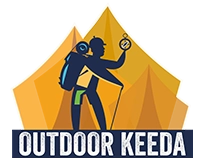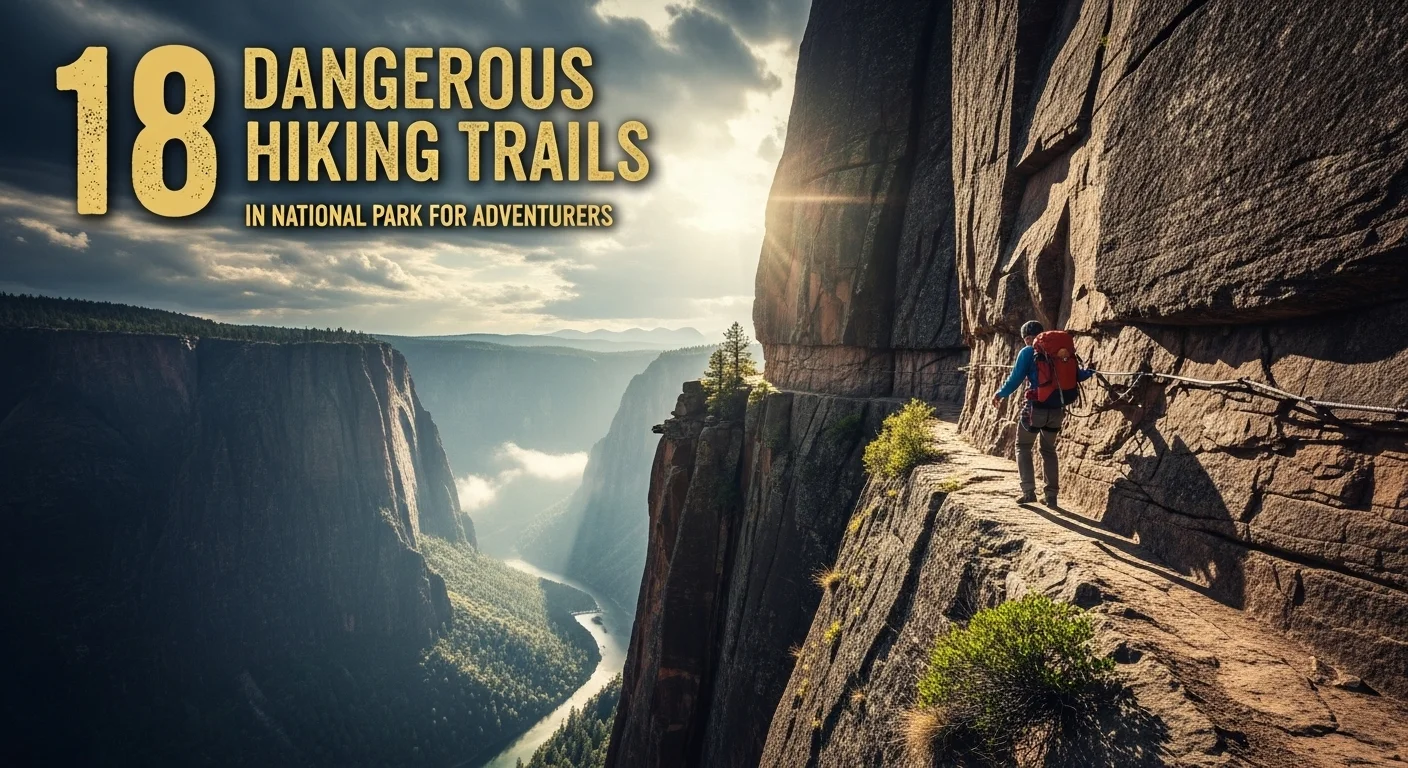For many, walking through a national park is a serene way to enjoy nature. There are a number of trails around the world that give you more than a great view; they give you adrenaline, unpredictable conditions, and hazardous terrain. These aren’t hikes for the casual traveler. They are physically taxing, mentally exhausting, and probably deadly if you hike them the same way you hike a normal trail.
In this article, we will share 18 of the most dangerous hiking trails in national parks around the globe where beautiful landscapes accompany extreme risk. These hikes will have you sweating (both from fear and durability) and questioning each and every risk taken (that’s half the fun right?). If you’re an adventurous soul seeking that once-in-a-lifetime perilous challenge or simply an experienced hiker looking for your next route on the bucket list, these trails are ready for you! But only if you are well prepared!
The 18 Most Dangerous Hiking Trails National Park in the World
1. Drakensberg Grand Traverse – uKhahlamba-Drakensberg Park, South Africa
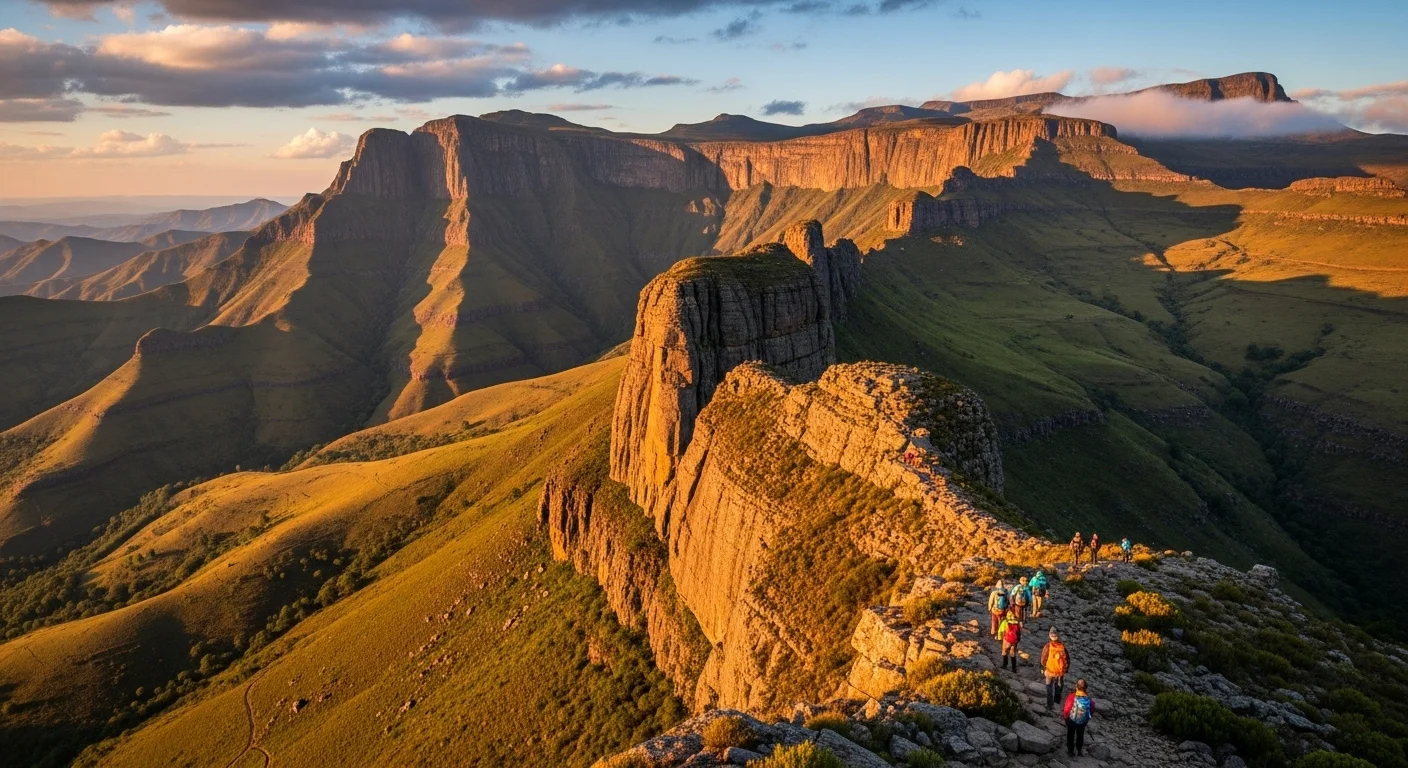
Hikers should be prepared for over 230km of remote mountain trail without marked routes! You will require GPS functionality and a topographical map while navigating across steep ridges and unpredictable weather.
- Risks : remote location, wild animals, no shelter, altitude sickness.
- Dangers : altitude, extreme remoteness, unmarked routes.
- Tip : Preparation for GPS use and advanced wilderness navigational skills are required.
2. Mount Huashan Plank Walk – Huashan National Park, China
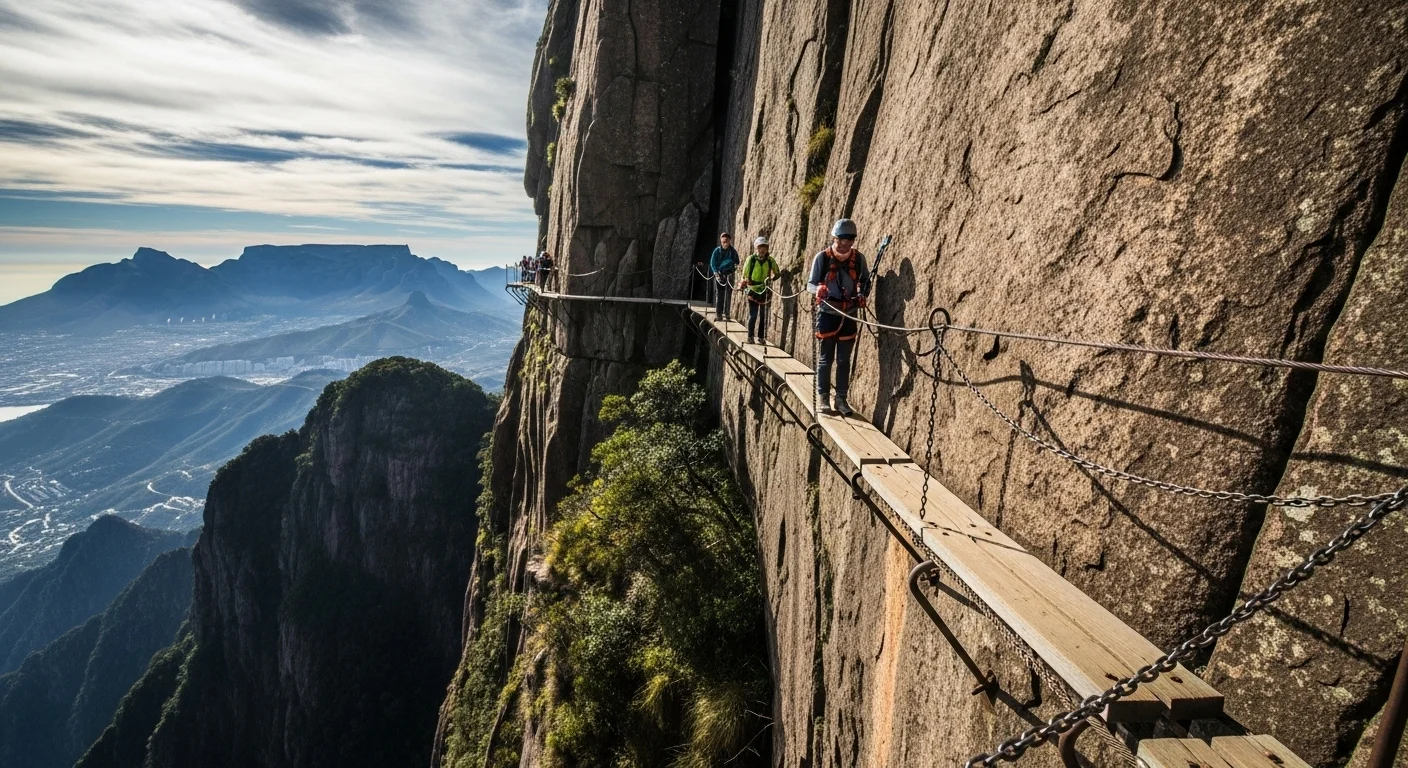
The infamous “Plank Walk in the Sky” consists of wooden boards bolted into vertical rock faces. With no official guardrails and dizzying heights, one misstep is fatal.
- Risks : Narrow wooden planks, high winds, no safety rails.
- Dangers : Extreme height, minimal safety, dizzying drops.
- Tip : Wear a harness and avoid during high winds.
3. Kalalau Trail – Nā Pali Coast State Park, Hawaii, USA
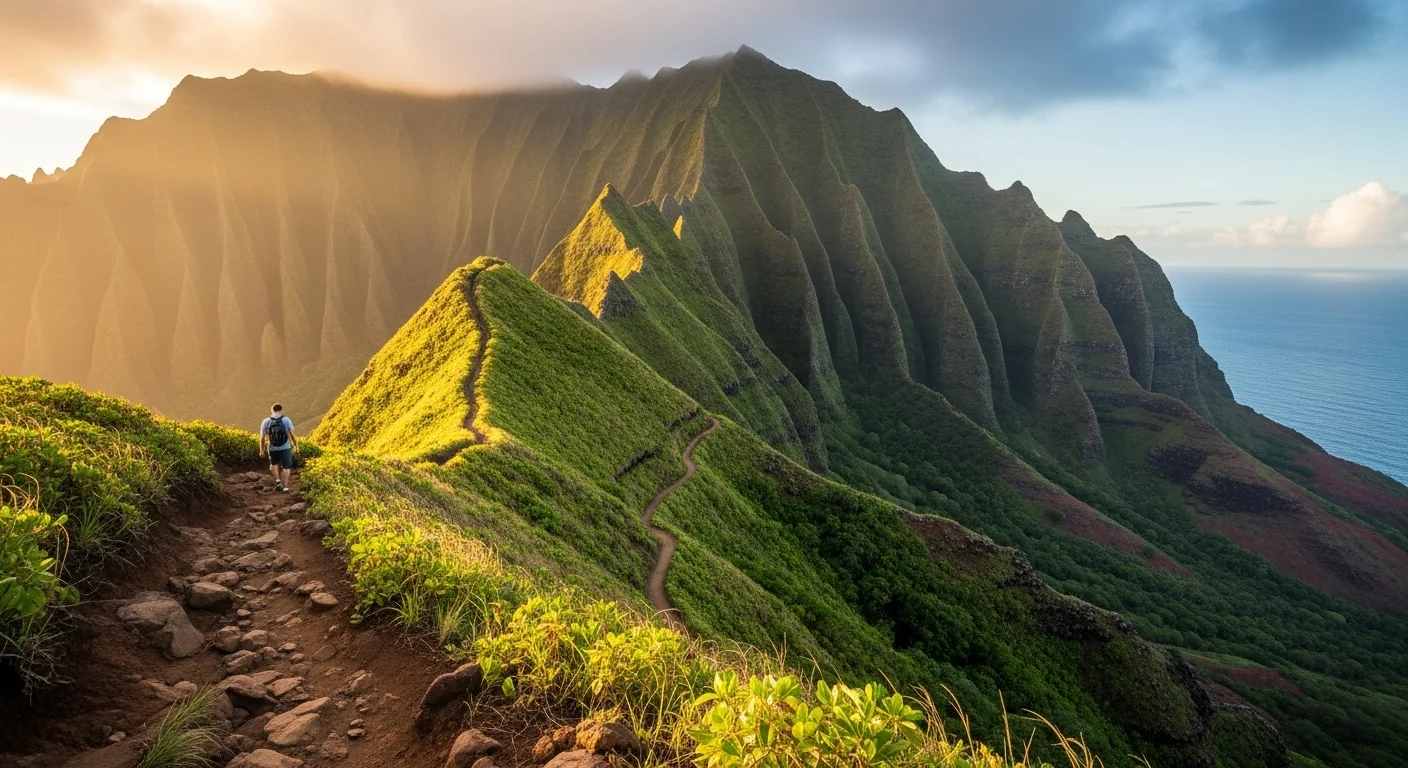
A hard 11-mile path along steep cliffs – this trail is known for flash floods and treacherous trail conditions making it one of the most dangerous treks in the Pacific.
- Risks : River crossings, landslides, rapid weather changes.
- Dangers : Flash floods, slick walls, sudden downpours.
- Tip : Never hike it in heavy rain, and always have a permit!
4. Huayna Picchu – Machu Picchu Historic Sanctuary, Peru
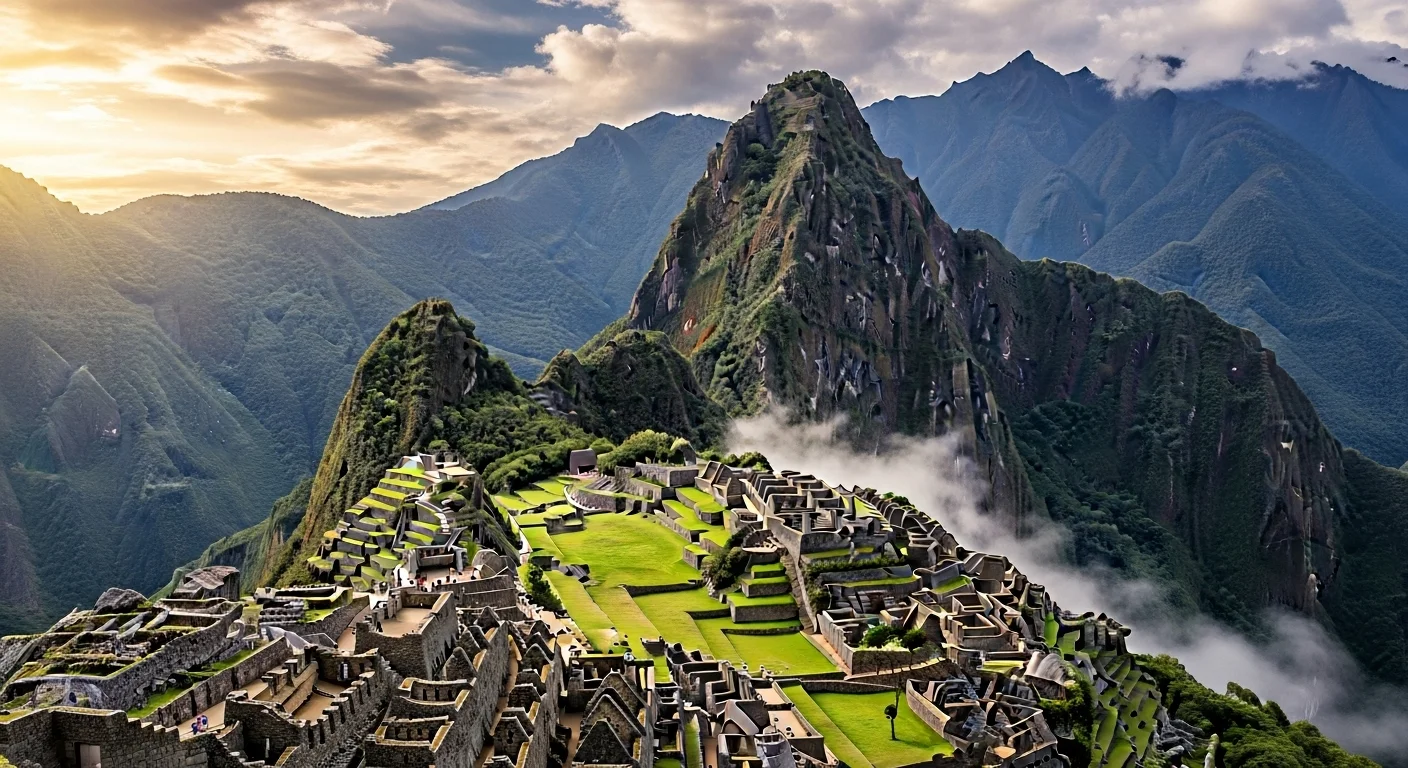
This straight-up climb, towering over the Incan archaeological site, promises beautiful views…the tradeoff may mean risking your very life. Expect narrow staircases, high altitudes, and no handrails…
- Risks : Altitude sickness, sheer drops, slippery stone steps.
- Dangers : Sheer cliff line, no barriers, high altitude.
- Tip : You can only reserve for 400 people a day – reserve very early.
5. Snowman Trek – Jigme Dorji National Park, Bhutan
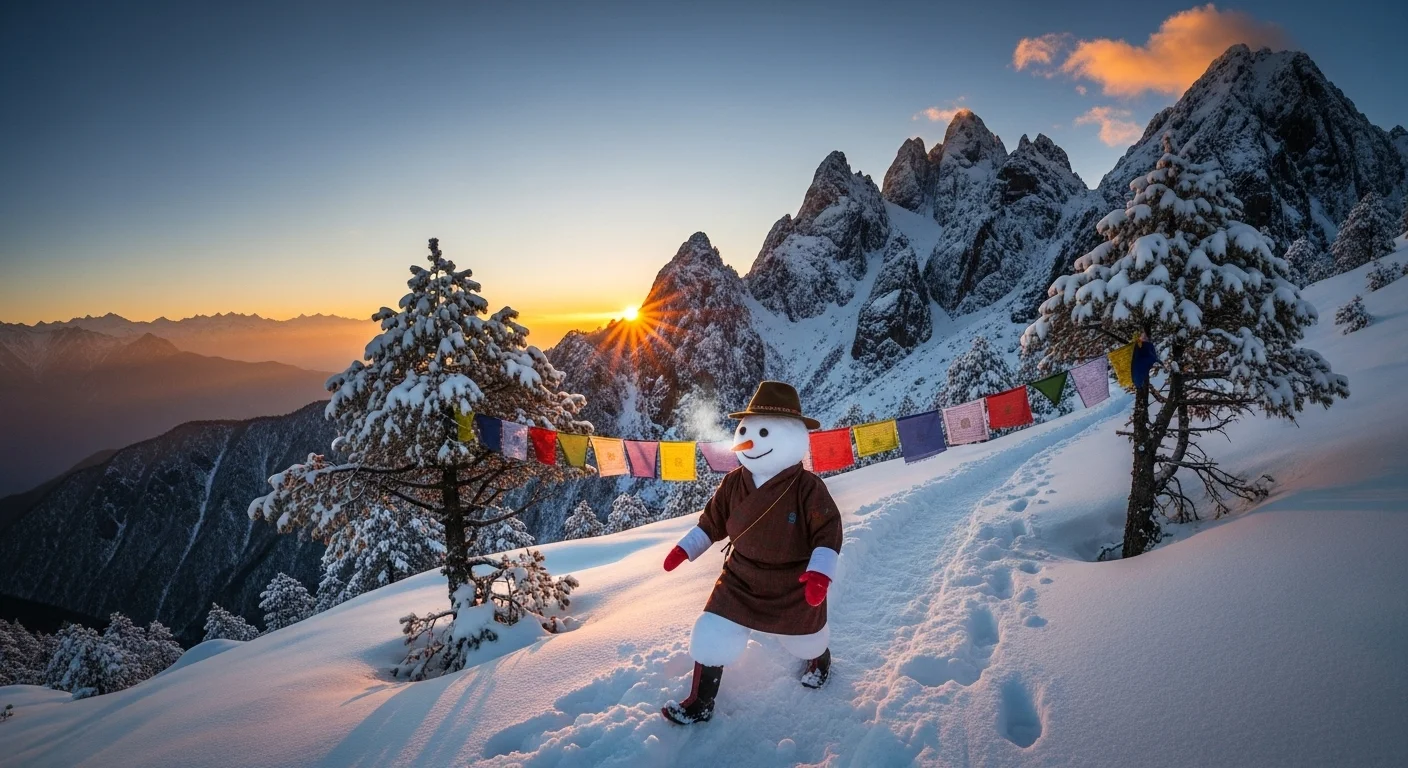
This 300 km trek is reputed to be one of the hardest treks on the planet, crossing eleven passes in the Himalayas, all of which are 4,500 meters or higher. Most trekkers are unable to finish it.
- Risks : High altitude, low temperatures, snow, isolation.
- Dangers : High altitude, snow, fatigue.
- Tip : Give time for acclimatization and go with a licensed operator.
6. Cascade Saddle – Mount Aspiring National Park, New Zealand
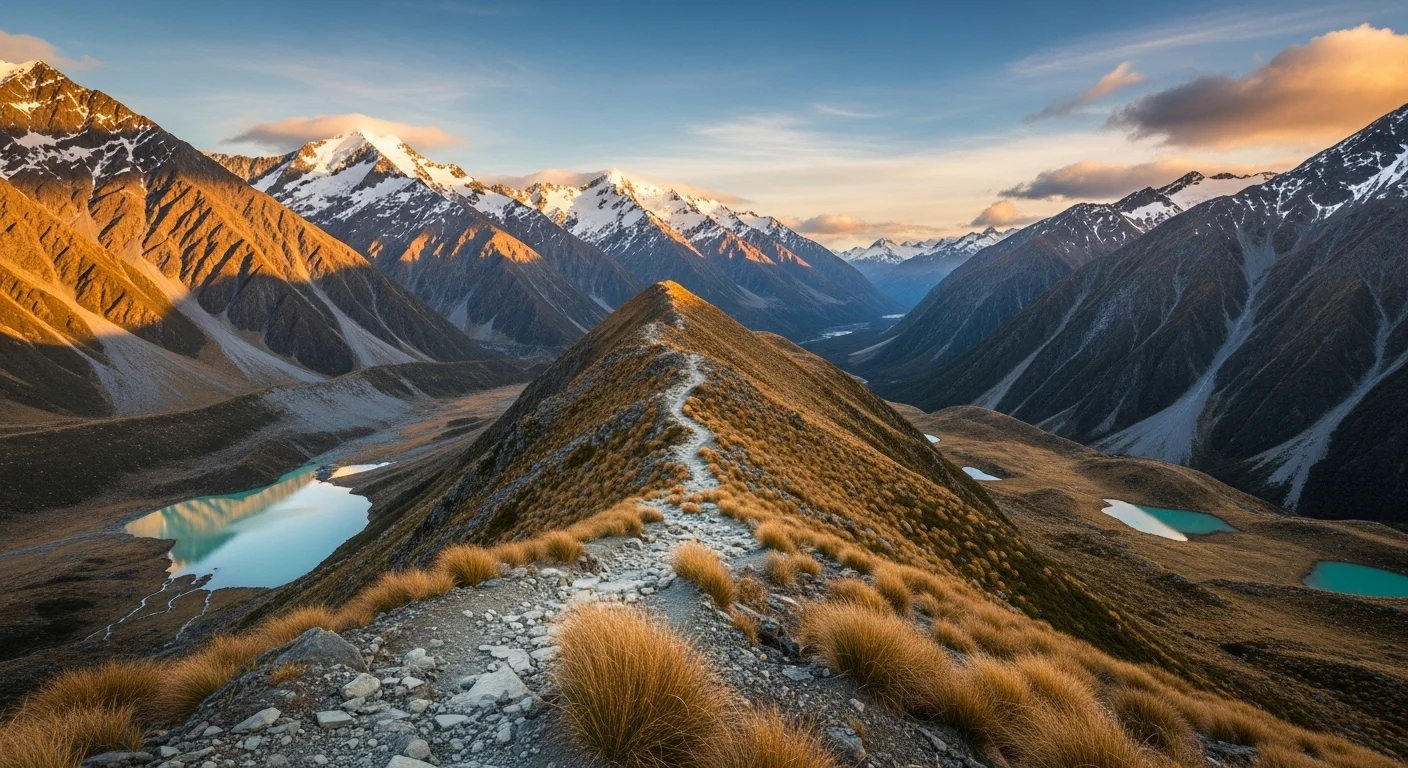
This alpine trail traverses unstable terrain and steep cliffs with no room for error. Frequent fatalities have earned it a fearsome reputation.
- Risks : Snowfields, steep scree slopes, weather exposure.
- Dangers : Falls, hypothermia, snow slips.
- Tip : Only for experienced alpine hikers with proper gear.
7. Wadi Mujib Siq Trail – Mujib Biosphere Reserve, Jordan
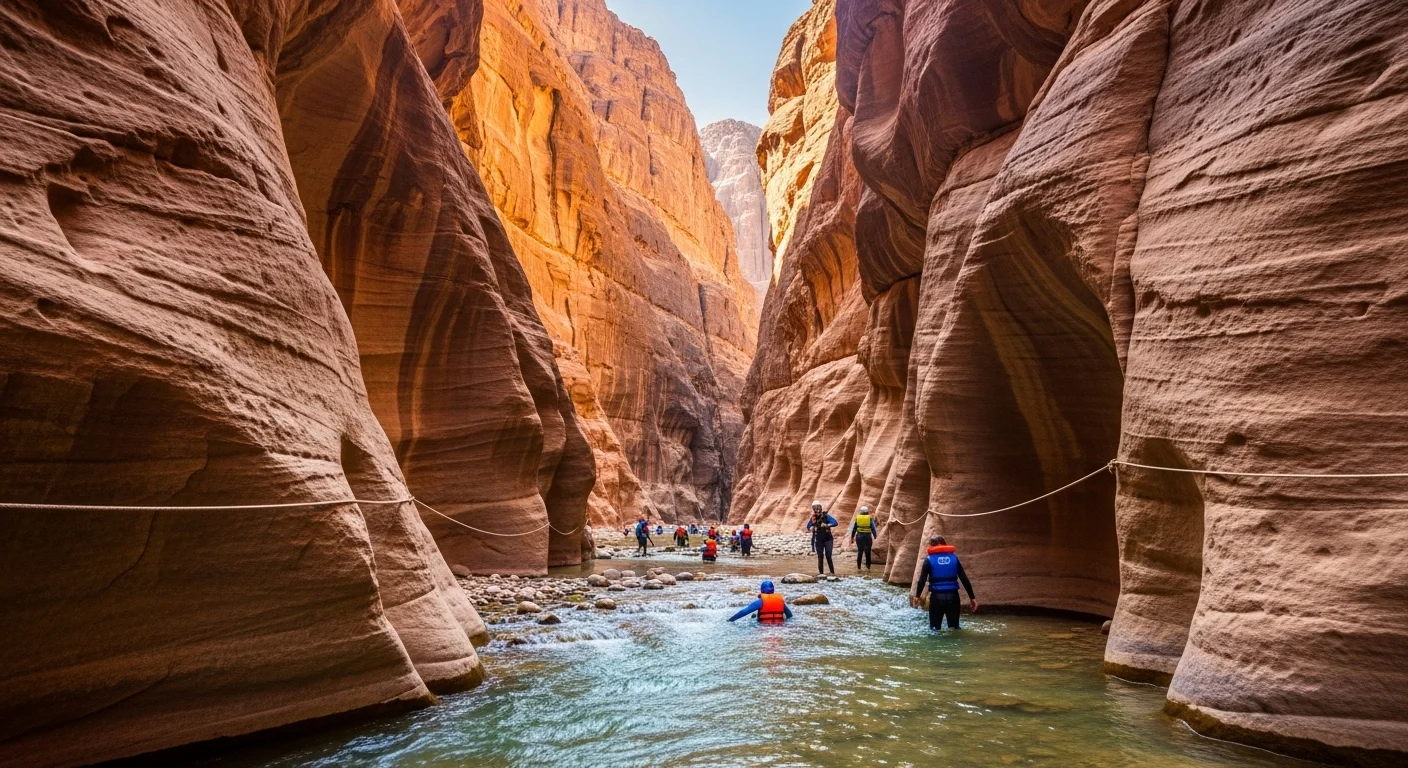
An exciting canyon hike that includes swimming, scrambling, and climbing around and behind waterfalls, and it is possible to encounter flash floods without warning on a sunny day!
- Risks : Drowning, flash floods, lack of emergency exits.
- Dangers : Drowning, flash floods, slick rocks.
- Tip : Only open in dry seasons and requires good swimming skills.
8. Kokoda Trail – Papua New Guinea
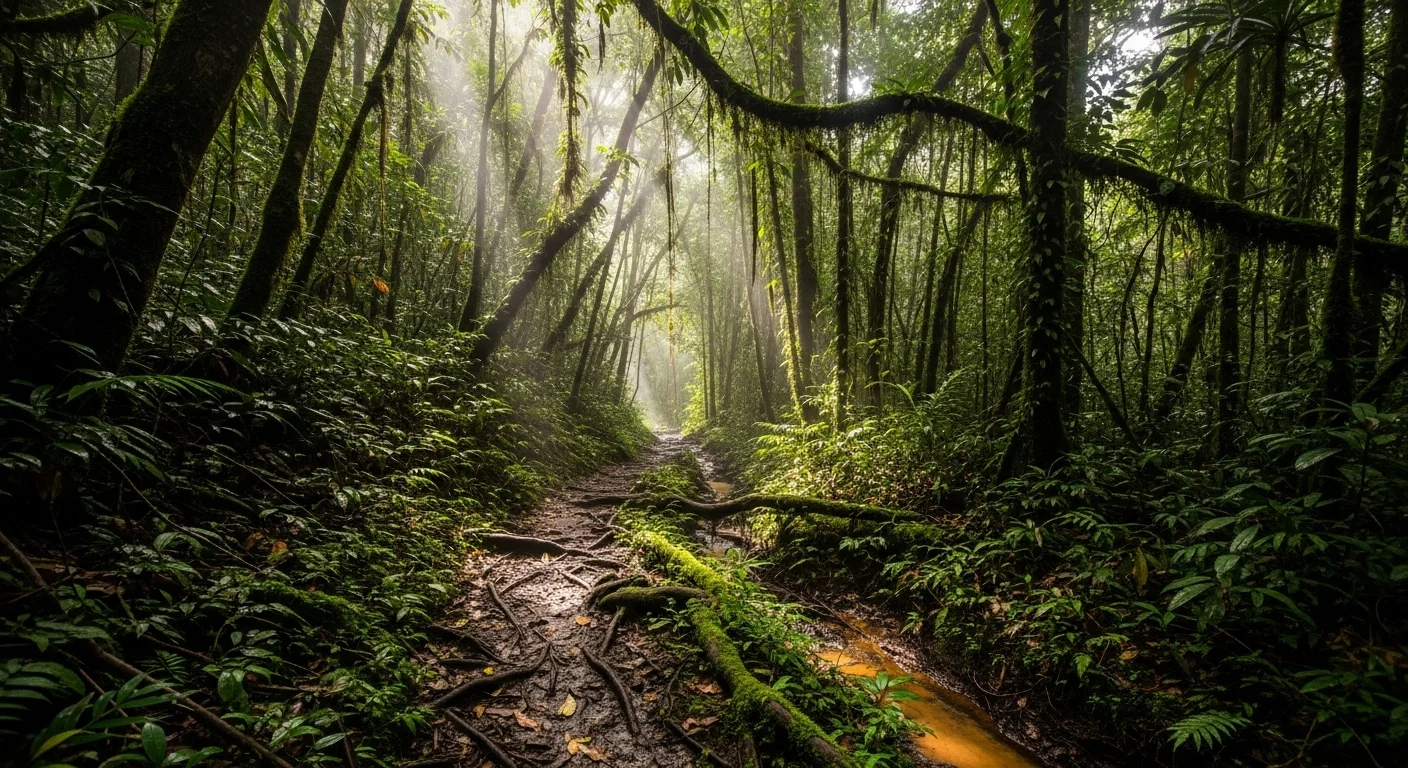
A savage jungle trail that measures 96 kilo meters in length. High humidity, heat, disease, and river crossing make this trail one of homo sapiens toughest treks in the world.
- Risks : tropical disease, exhaustion, unmarked paths
- Dangers : tropical disease, exhaustion, river crossings
- Tip : travel with a guide and be in fit condition.
9. Aonach Eagach Ridge – Glencoe, Scotland
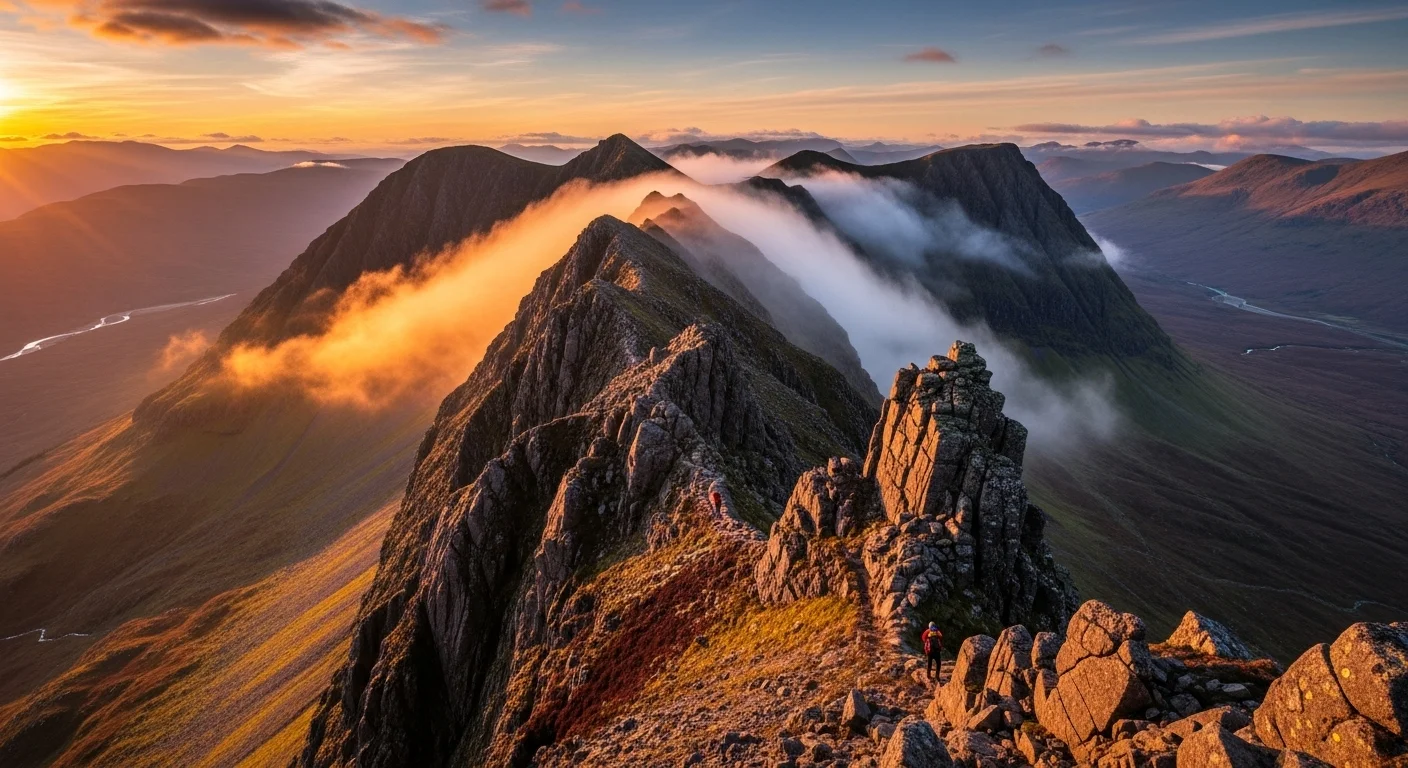
This is a 10-km ridge walk with some technical scrambles, no escape routes, and a reputation for changes in visibility. The path is narrow with steep exposure on both sides.
- Risks : Steep drops, wet rock, limited visibility.
- Dangers : Exposure, technical scrambling, wet rock.
- Tip : Do not do this walk in rainy or foggy weather- fog and wind increase your chances of danger.
10. Mount Rinjani – Rinjani National Park, Indonesia
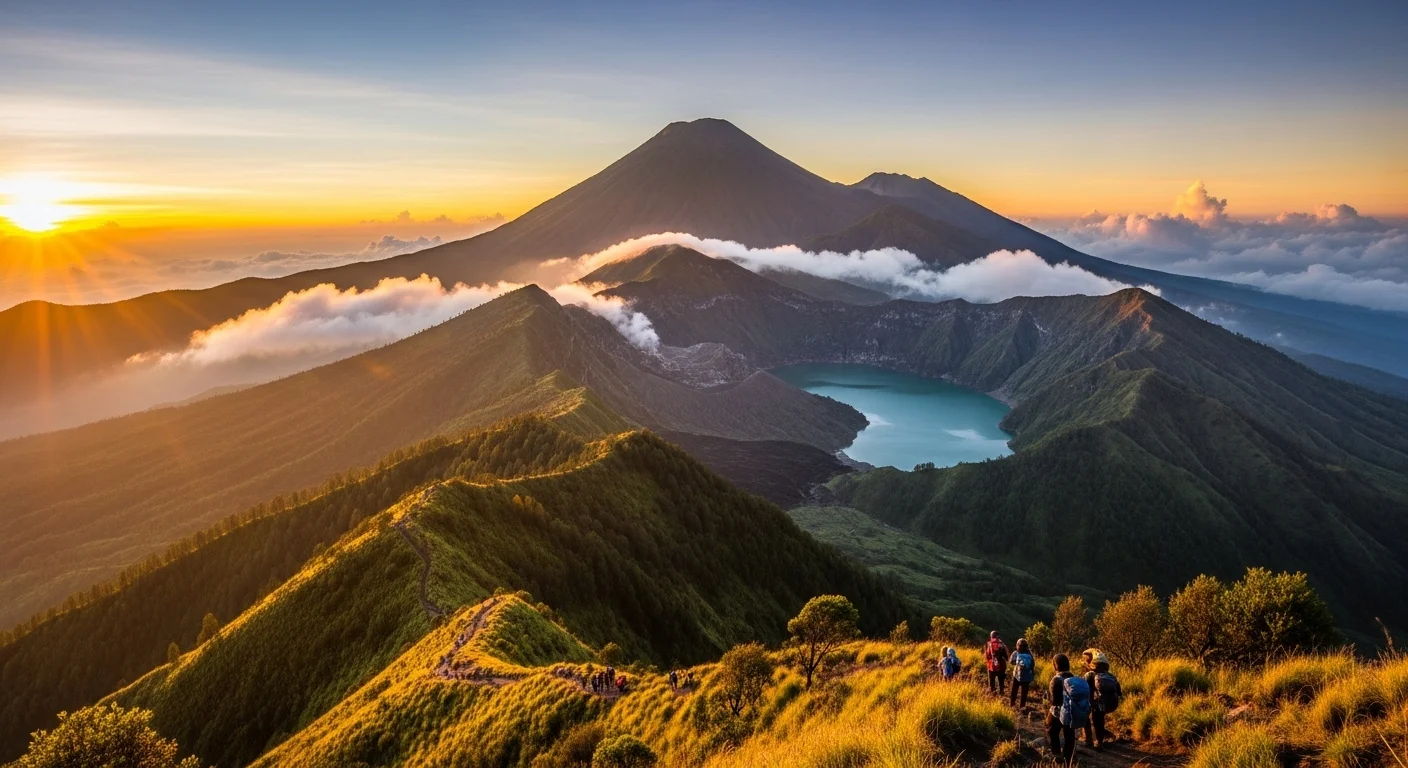
A hike up an active Volcano with uneven pathways and camping along the crater-edge. Hikers will encounter altitude sickness and threats of landslides along the way to the summit.
- Risks : Lava, rockfalls, extreme elevation
- Dangers : Volcano threat, landslides; violent landscape
- Tip : Read updates on volcanic activity before you hike it.
11. Skyline Trail – Jasper National Park, Canada
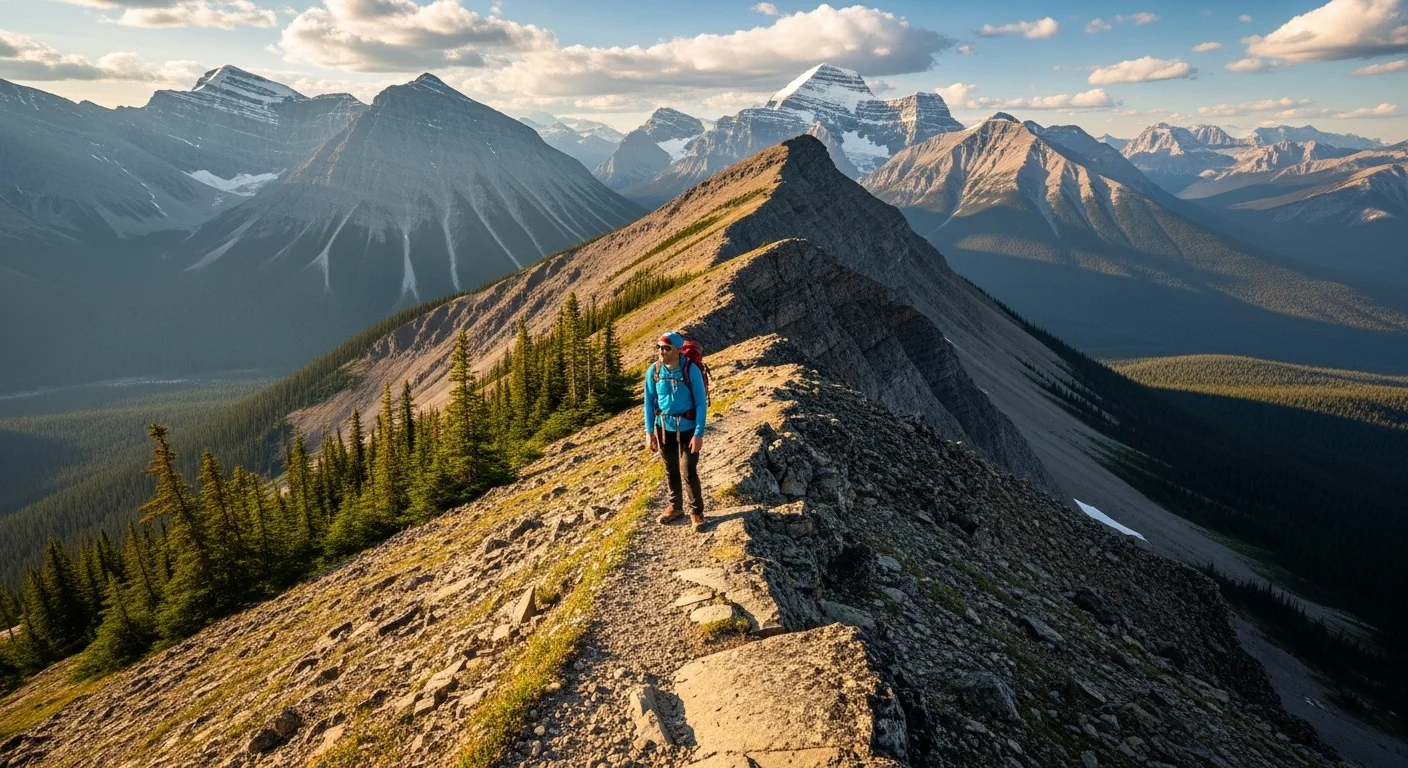
The views from this alpine rail can be absolutely stunning, but there is a high possibility of storms, lightning, and wild animals. The quickly changing weather can definitely catch a hiker off guard.
- Risks : hypothermia, wildlife, lightning exposure
- Dangers : exposure, hypothermia, lightning
- Tip : bring ample layers, and avoid ridge areas in bad weather.
12. Laugavegur Trail – Landmannalaugar, Iceland
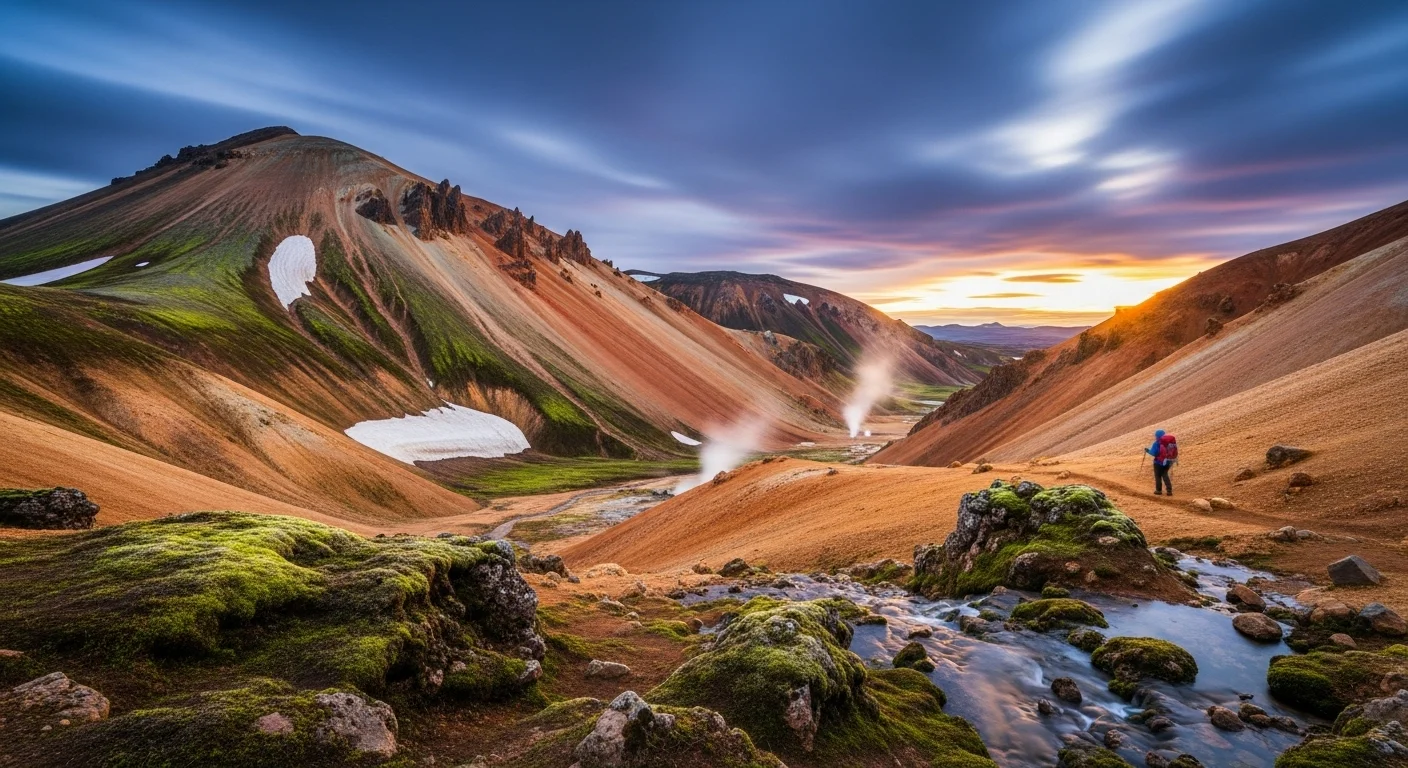
A dramatic trek through lava fields, glaciers, and geothermal areas. Conditions can switch from sun to snow within minutes.
- Risks : Sudden weather changes, river crossings, isolation.
- Dangers : Hypothermia, flooding, volcanic gases.
- Tip : Huts must be reserved; self-sufficiency is crucial.
13. El Caminito del Rey – Desfiladero de los Gaitanes, Spain
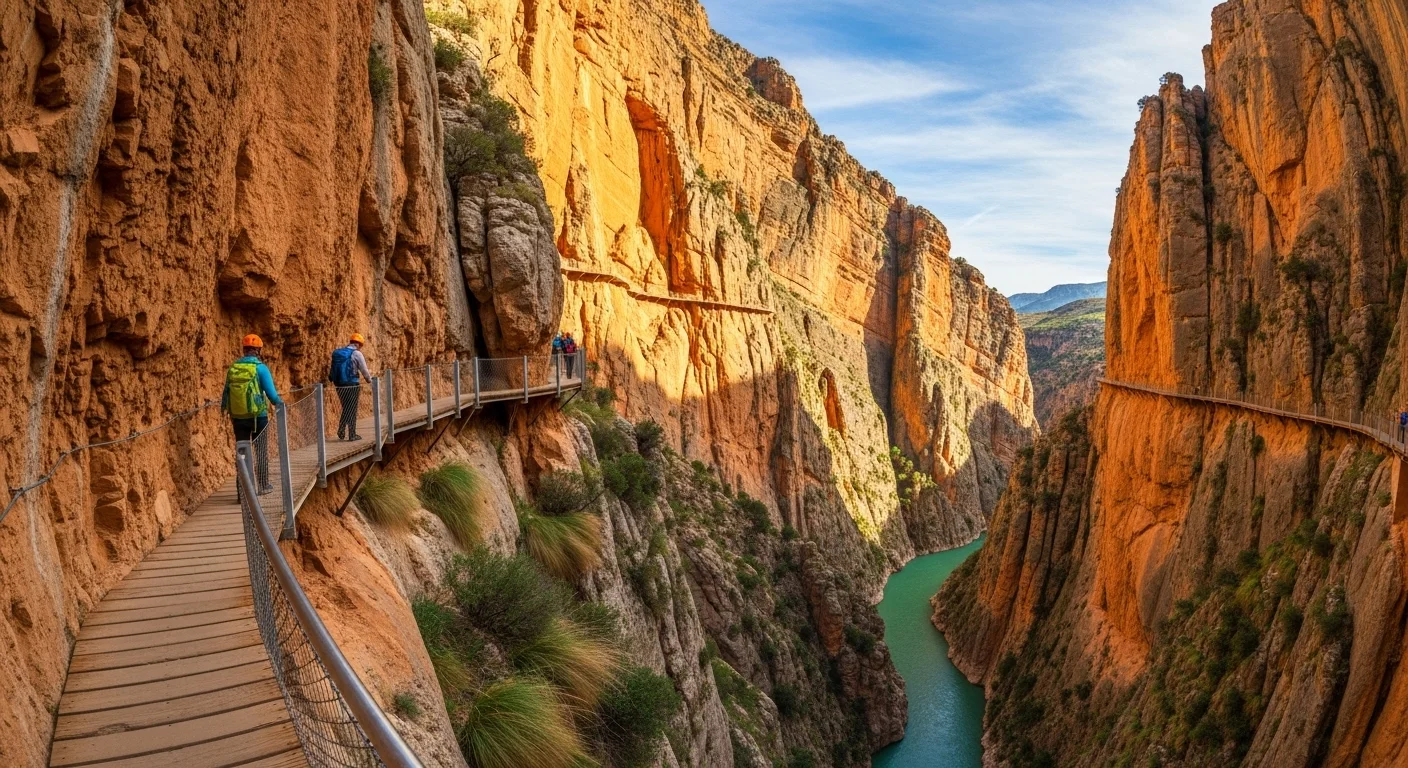
Once the most dangerous walkway in Europe, the trail clings to canyon walls hundreds of feet above the ground. While restored, it still poses serious risks.
- Risks : Height exposure, minimal footing, mental stress.
- Dangers : Narrow ledges, metal walkways, sheer drops.
- Tip: Helmets required, limited daily access—book in advance.
14. GR20 – Corsica, France
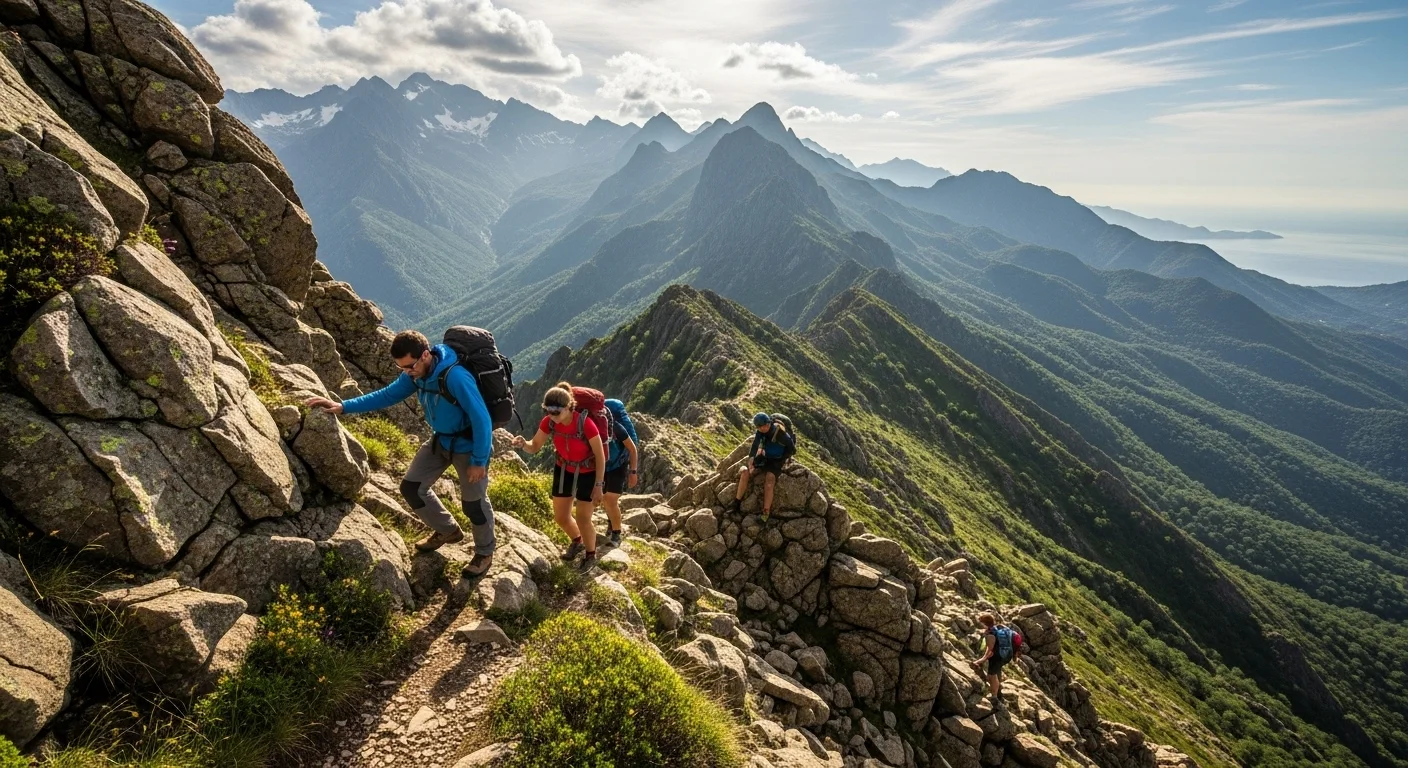
Spanning Corsica’s spine, this high-level trail features steep ascents, rock scrambles, and no margin for error in storms.
- Risks : Exhaustion, rockfall, rugged alpine terrain.
- Dangers : Steep climbs, rockfalls, dehydration.
- Tip : Best tackled over 15+ days with solid training.
15. Devil’s Path – Catskill Forest Preserve, New York, USA
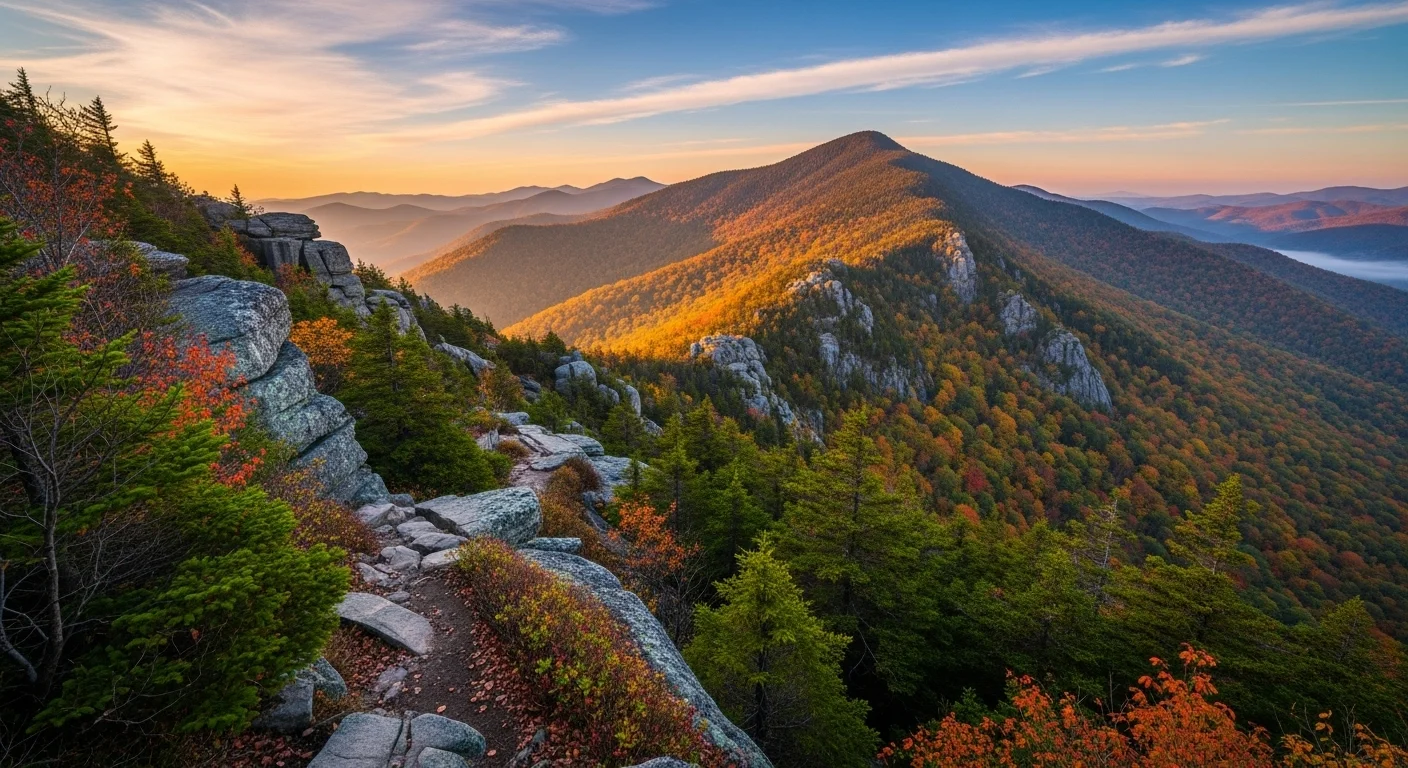
Often labeled the toughest day hike in the eastern U.S., Devil’s Path features knee-breaking ascents and descents with slippery terrain.
- Risks : Overexertion, slippery rocks, poor trail marking.
- Dangers : Slippery rocks, steep drops, sudden weather.
- Tip : Carry trekking poles and avoid wet conditions.
16. Mount Washington – White Mountains, New Hampshire, USA
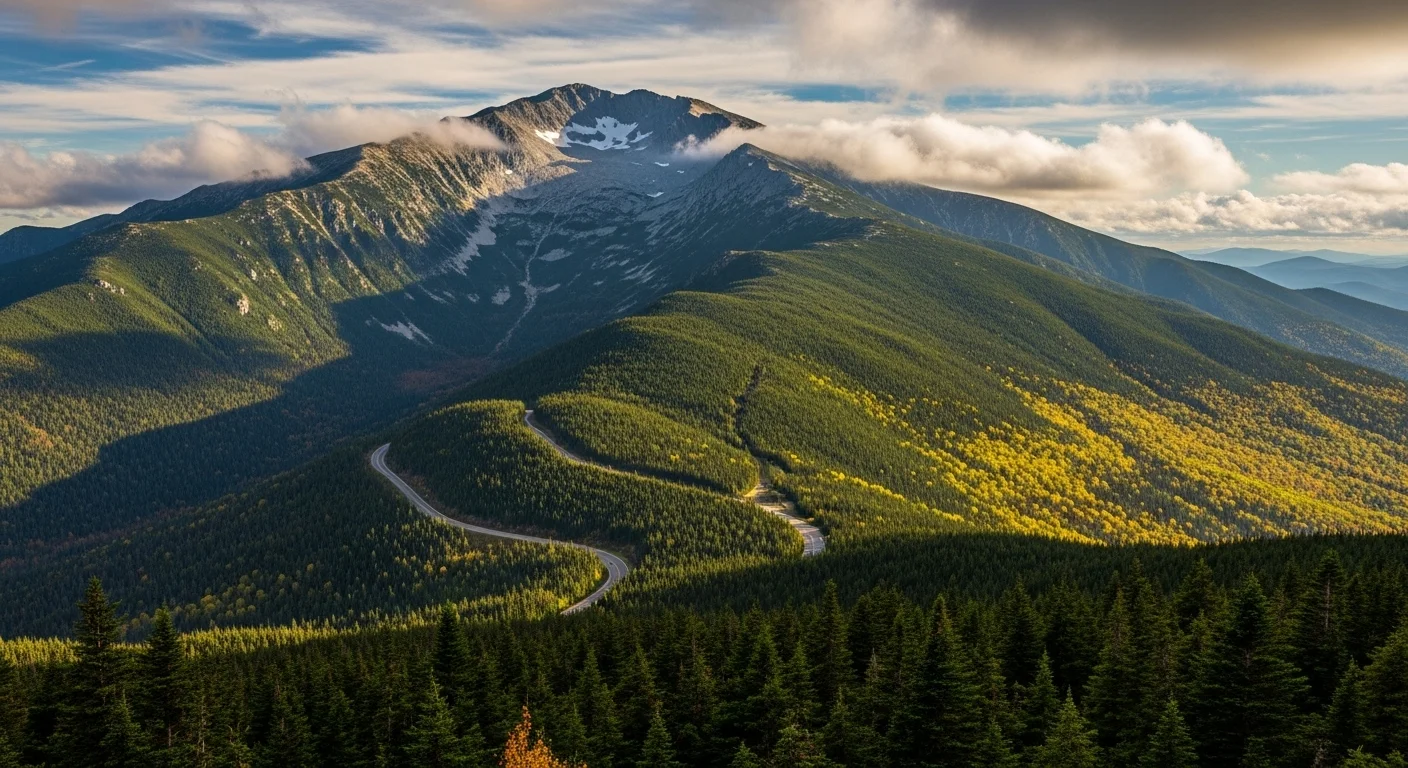
Don’t let its modest height fool you—Mount Washington holds records for the fastest wind gusts and extreme winter conditions.
- Risks : Wind chill, sudden blizzards, frostbite.
- Dangers : Wind, frostbite, sudden blizzards.
- Tip : Check summit forecast before hiking.
17. Amphitheatre Hike – Royal Natal National Park, South Africa
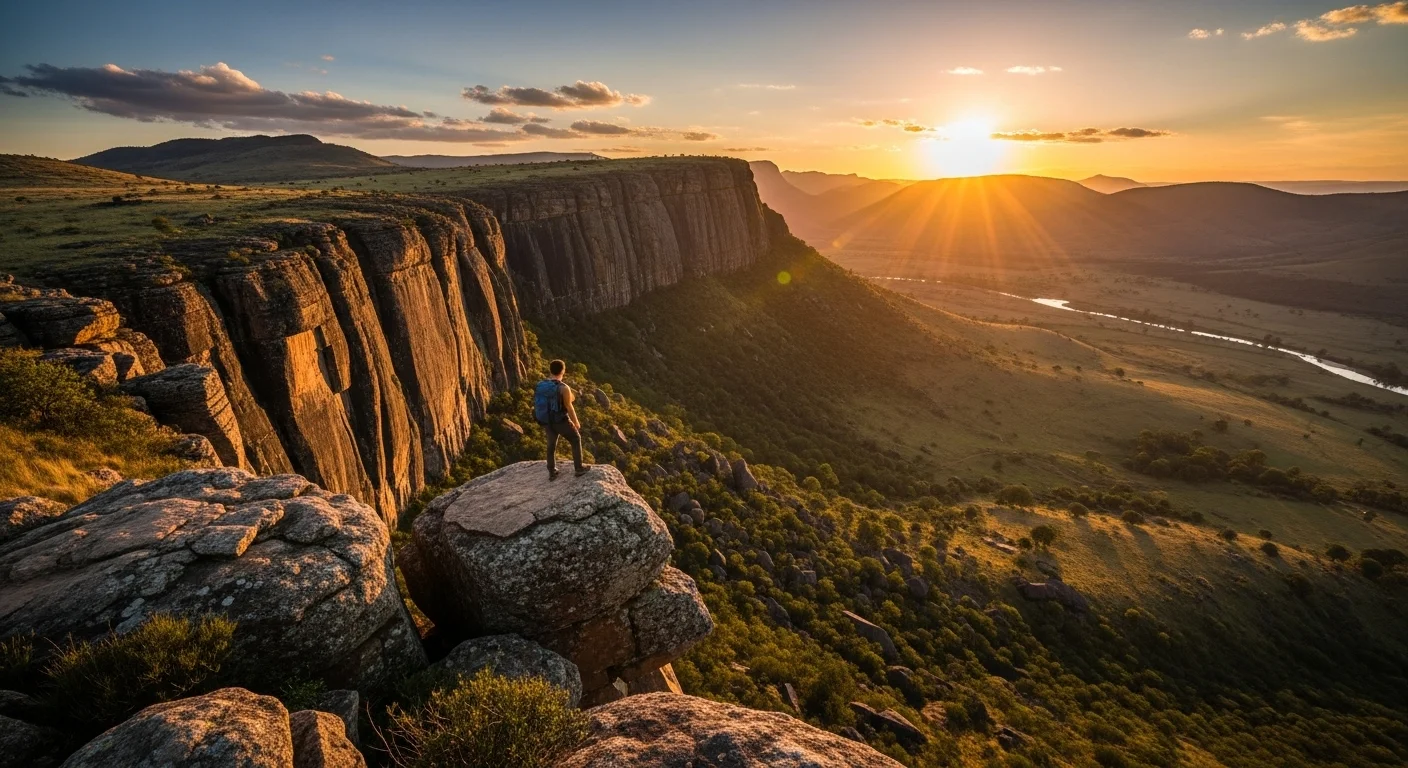
A chain ladder ascent takes you to the top of one of the world’s highest cliffs. Strong winds and loose rock make it dangerous even for pros.
- Risks : Steep ladders, cliff exposure, rapid fog.
- Dangers : Falls, altitude, sudden storms.
- Tip : Avoid when clouds reduce visibility.
18. Tatra Ridge Trail – Tatra National Park, Slovakia/Poland
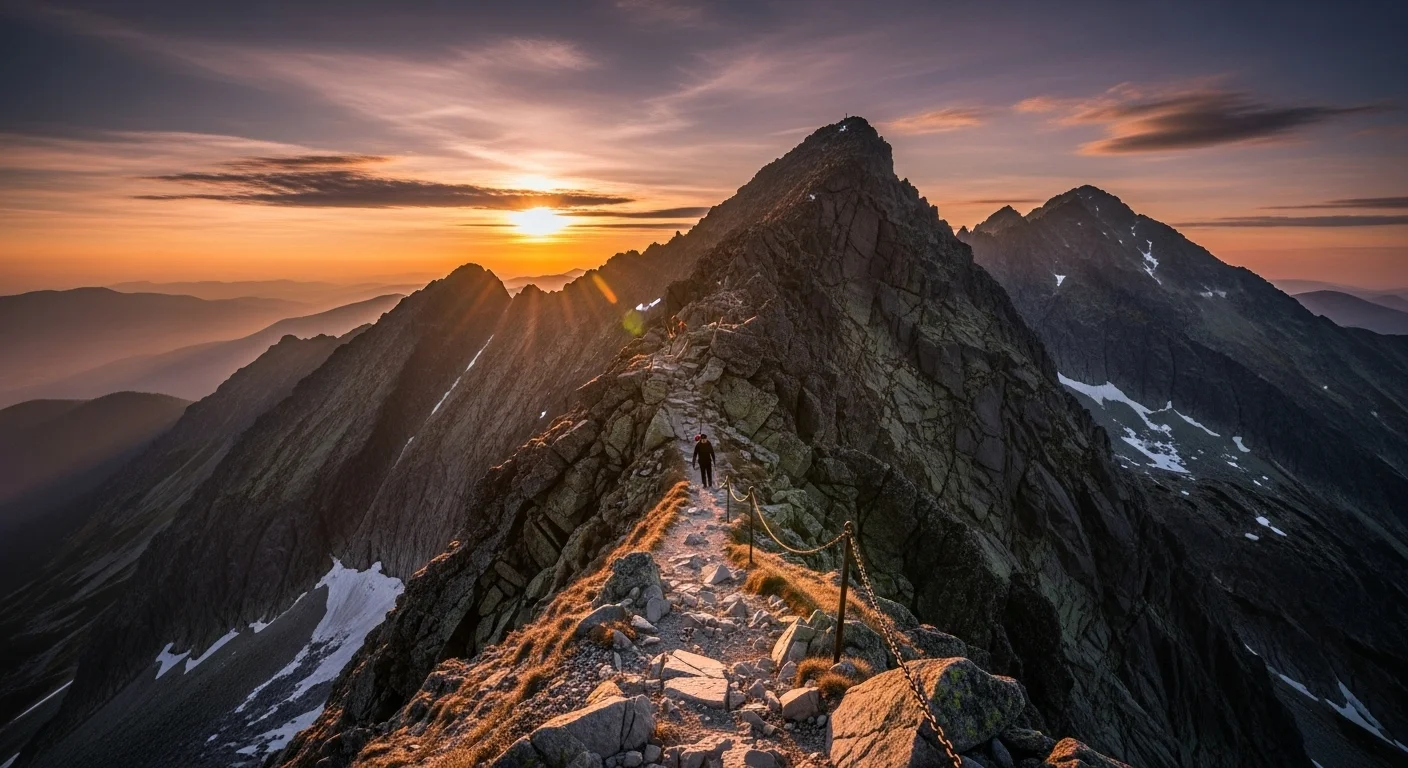
This high alpine trail combines chain-assisted sections, exposed ridges, and rapid weather changes. Even experienced hikers must tread carefully.
- Risks : Snow, ice, vertical descents, no easy exits.
- Dangers : Ice, exposure, poor visibility.
- Tip : Best in summer with mountaineering boots.
Conclusion
Hiking is not always about quiet walks and mountain selfies. These national park trails from across the world are true tests of skill, endurance, and survival. One small mistake could have severe consequences—but for those prepared, the reward is unmatched views and the satisfaction of conquering the impossible.
Always respect the trail, never hike unprepared, and remember: nature gives no second chances.
